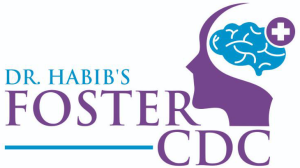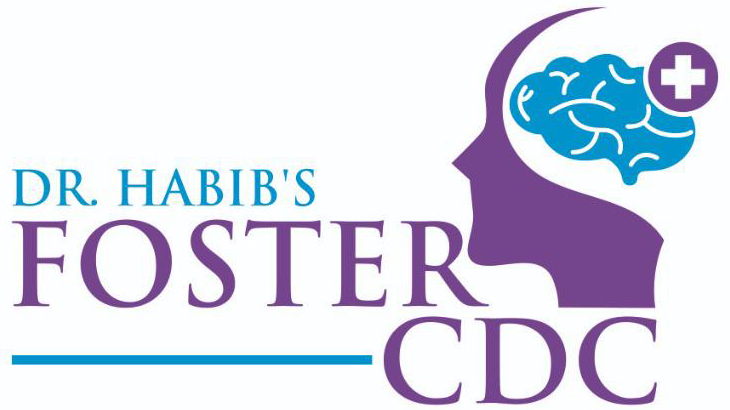Neurodevelopmental Disorder Signs in Children
Neurological disability is mainly associated with the functioning of the brain and the neurological system. The neurodevelopmental disorder is a neurological disorder that can also affect other systems and functions of the body. The most prominent effect is neurological development. Children who develop neurodevelopmental disorder may have delayed speech development, walking difficulty, intellectual disability, memory loss, learning difficulties, developmental delays, stuttering or stammering, problems with social interaction and communication. They may also have hypotonia (weak muscle tone), seizures and behavioural problems.
Conduct disorders, mental retardation (intellectual disability), learning disabilities, Autism, ADHD, hearing impairment and vision problems and cerebral palsy are examples of neurodevelopmental disorders.
Among these disorders learning disabilities and ADHD are the prominent ones.
Mental Retardation (Intellectual Disability)
It is a condition of intellectual disability wherein a child demonstrates subaverage intellectual functioning before the age of 18 years. Children who have this condition are very poor in-home living, self-care, communication, interpersonal and social skills with an IQ usually less than 70. The condition is categorised into different levels of severity on the basis of the IQ scores of a child. According to this parameter, intellectual disability ranges from mild to severe retardation. As a parent, if you notice any of the prominent signs and symptoms of intellectual disability, you must see a paediatric neurologist as early as possible.
Autism Spectrum Disorders (ASDs)
Spectrum Disorder is a group of disorders. It is associated with significant communication, social and behavioural impairments. Autism affects different children in different ways – with some children experience moderate to mild symptoms and others experience severe symptoms.
A child with this condition does not show interest in other people. They cannot express their feelings or emotions, have trouble talking or showing their feelings; dislike for being touched; some children speak sluggishly while others don’t speak at all.
The most prominent or remarkable character or behaviour of children with autism spectrum disorder (ASD) is their restrictive repetitive behaviour or interests – such as rocking their bodies, flapping or repeatedly moving their hands, spinning or moving in circles, and their bodies lining up toys, and so on.
Learning Disability
Learning disorder or disability is a condition in which a child’s way of receiving, processing and retaining information by the brain changes or alters. Any child with a learning disability often has trouble learning a language or maths or other skills such as listening, reading, writing, speaking, reasoning and doing maths. Parents should understand the fact that learning disabilities vary from child to child. Furthermore, a child with a learning disability may have above average or below-average intelligence. In addition, their brain processes the information differently.
Attention Deficit Hyperactivity Disorder (ADHD)
It is a disorder associated with impulsivity, hyperactivity, and inattention very severely and frequently in several settings. ADHD – attention deficit hyperactivity disorder is a disruptive behaviour disorder.
Children with this disorder exhibit a combination of impulsivity or hyperactivity and inattention behaviours – while some children show hyperactive behaviour traits prominently and other children show inactive traits majorly. ADHD can lead to lower academic performance, difficult relationships with peers and family members and diminished occupational performance.
Children with ADHD have other disorders – such as learning disability and conduct disorder; anxiety and depression as well.
Children with ADHD have trouble with the following skills:
Retention of information in mind (working memory); cognitive flexibility (working according to changes in situation); response inhibition (suppressing inappropriate immediate responses); planning (organizing a sequence of activities to complete a task). A child with ADHD has difficulties in maintaining alertness (readiness to respond to new information) and vigilance – maintaining sustained attention to a task.
Bottom Line
Neurodevelopmental disorder signs often change or evolve as a child grows older, while some disabilities remain permanent. Diagnosis and treatment of these disorders can be difficult; treatment often involves a combination of professional therapy, pharmaceuticals, and home and school-based programs.



